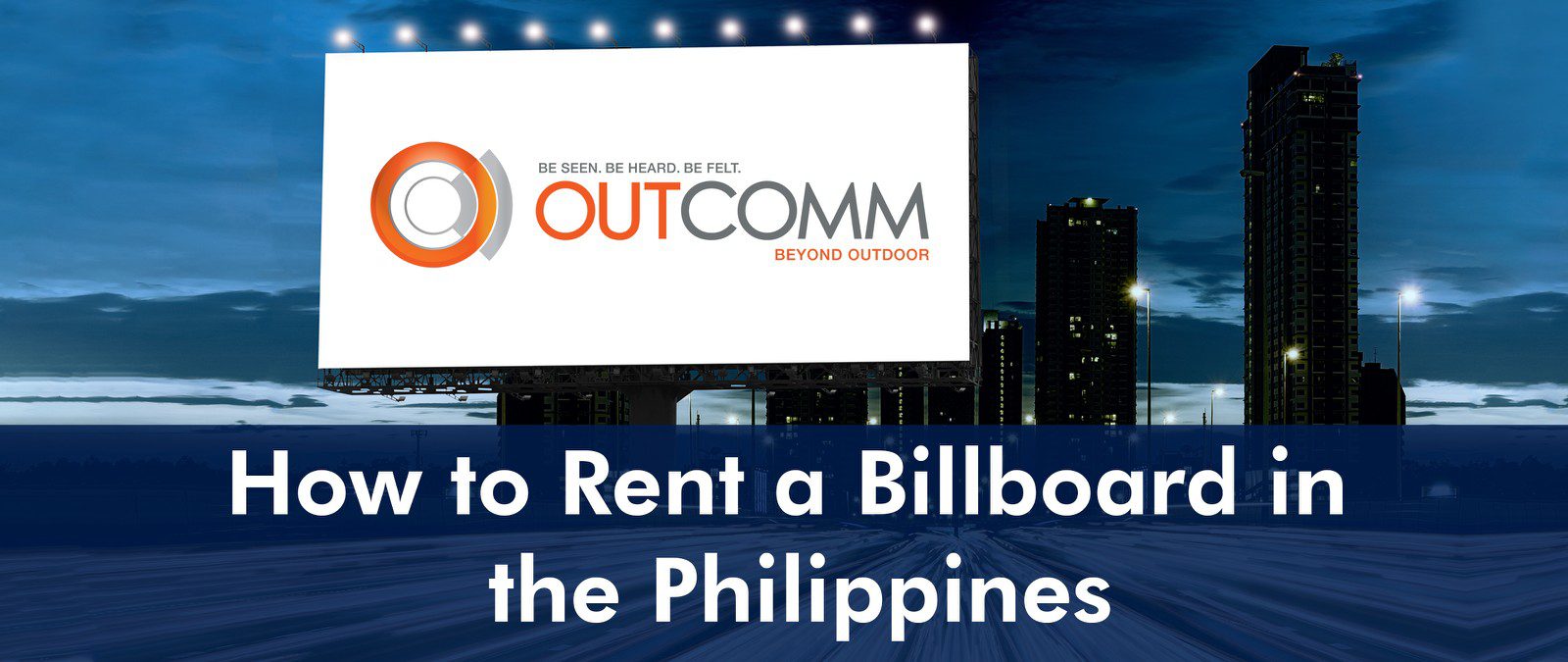
You’ve seen them in a lot of sci-fi movies and videogames. You even see them now in the camera filters of some social media apps such as Snapchat, Instagram, and Tiktok. It almost seems like magic to you when you see it for yourself.
Augmented Reality (AR) had become quite common in the past decade as the technology surrounding smartphones continue to advance. Although we’re still far from fully holographic advertisements, the future of out-of-home advertising is fast approaching. And it’s right at the palm of everybody’s hands.
What is Augmented Reality (AR)?
Augmented Reality (AR) is an improved real-world version of the environment with the use of technology. It is different from virtual reality (VR) which lets you immerse yourself in a fictional world. With AR, people can experience the fun of interacting with computer-generated objects without escaping from the real world.
Augmented Reality can be used in various applications such as in video games, productivity apps, and digital out-of-home advertising. Applying AR into these everyday objects invites interactivity and engagement towards these products.
What are examples of Augmented Reality (AR) in Outdoor Advertising?
The application of AR has been proven to be a success in digital out-of-home (DOOH) advertising. Some of the best and unforgettable examples of AR digital out-of-home advertising campaigns include Pepsi Max’s Unbelievable Bus Shelter, Kinder’s Jump Into Africa, and Burger King’s Burn That Ad.
The Pepsi Max Unbelievable Bus Shelter used AR technology to project realistic images on a bus shelter wall. The bus shelter wall was equipped with cameras outside and a large digital out-of-home display inside, giving commuters the illusion of an invisible wall.
While the bus commuters wait for the next bus to arrive, a series of “unbelievable” events would play on the screen. Such events include a devastating car crash, a UFO invasion, and a terrifying tiger walking towards the bus shelter. Pepsi Max’s AR OOH ad succeeded in adding a rush of excitement to the commuters’ “boring” out-of-home daily routine.
Now here’s something for the kids. Kinder’s Jump Into Africa AR advertising campaign invited kids to experience the African safari inside the supermarket. Upon entering the code found in select Kinder products, customers can get a chance to view a one-of-a-kind virtual safari experience from their mobile phone cameras.
Customers (the children, for this matter) would use their camera to explore a virtual safari where animals are waiting to be discovered. Facts and trivia are included in every animal, providing a fun learning experience for the kids.
In an attempt to mock their competitors, Burger King launched the Burn That Ad AR advertising campaign. Burger King asked their customers to look for their competitors’ advertisements so they could “burn the ad” using their phone cameras. Burger King also announced that customers would be receiving coupons for “burning” ads using the Burger King mobile app.
Upon knowing this, customers rushed to various advertising spots and started pointing their phone cameras towards Burger King’s competing ads. Burger King’s AR digital out-of-home advertisement had succeeded in locating both where their competitors advertise and where their target customers are located.
Interactivity is Key
There are only three words for this kind of phenomenon: “People enjoy interactivity.” Digital out-of-home advertisements that use AR technology attract more customers because people are attracted to things that involve their interaction.
By applying AR into your digital out-of-home advertisements, brands could give their customers the impression that they are fun, exciting, and approachable.
Thinking about starting an AR digital out-of-home advertising campaign? Call Outcomm now at 09175375110 or at (02) 8856-2285 and start your unbelievable ad campaign today.








